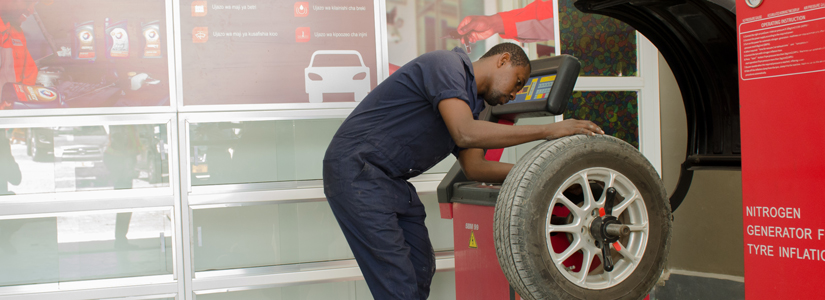Service hours
- Monday 8am - 5pm
- Tuesday 8am - 5pm
- Wednesday 8am - 5pm
- Thursday 8am - 5pm
- Friday 8am - 5pm
- Saturday 9am - 3pm
- Sunday 9am - 3pm
To understand the importance of wheel balancing and wheel alignment, it first becomes necessary to understand the differences between the two.
Wheel balancing is important because wheels lose their balance over time. Factors concerning the weight distribution of your vehicle, road conditions and tread wear can cause an unevenness in the tires, which can then lead to further uneven tread wear. As a result, the vehicle might shake or vibrate while in use.

Wheel alignment differs in that it involves an adjustment of the angle of the vehicle’s wheels. This is normally done based on the manufacturer’s recommended specifications. A wheel alignment usually includes a tire tread check along with the three basic components for measuring wheel orientation, involving the toe, camber and caster. Wheel alignments are generally recommended if the vehicle feels like it’s pulling to one side, if it has been involved in an accident, or during annual inspections. Since vehicle use will differ among drivers, there is no specific mileage or designated timeline for wheel alignments. For these reasons, the manufacturer’s recommendations as well as those of your automotive facility are likely to be the best sources of advice concerning alignments.
Why its Important
Wheel alignments and wheel balancing are important for reasons that include the safe and efficient operation of your vehicle, including requirements for control in difficult road, weather and driving conditions, as well as to ensure that you benefit from the longest use of your tires.
